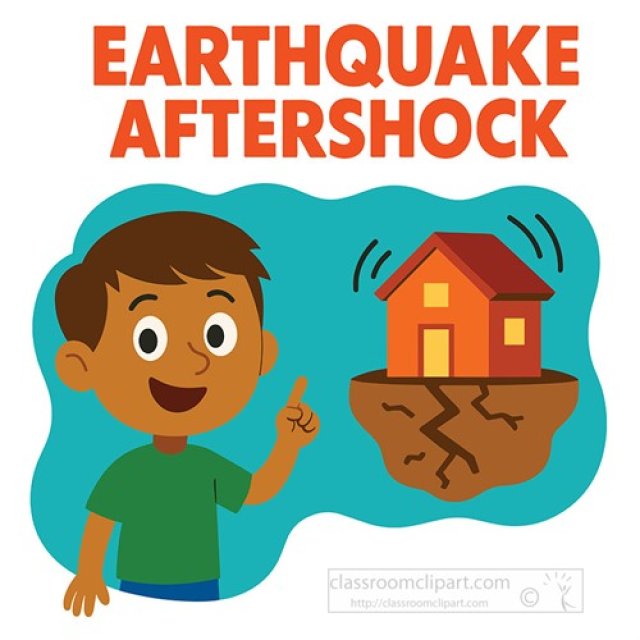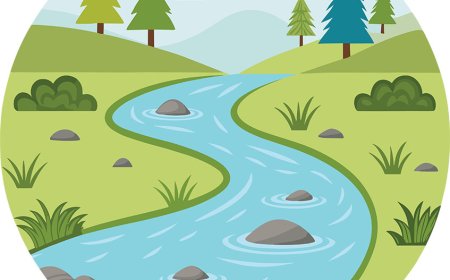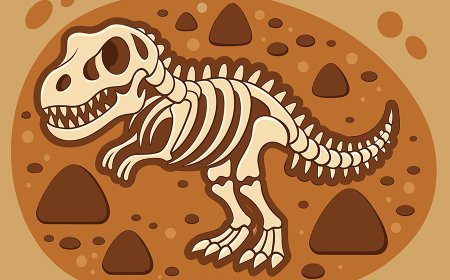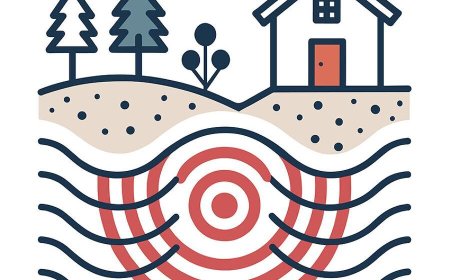Aftershocks Explained for Students | Earthquake Science Guide
Learn what aftershocks are why they happen after major earthquakes how scientists study them and why they are important for earthquake safety and science

🌟 Introduction
An aftershock is a smaller earthquake that follows a larger main earthquake. Aftershocks occur because the Earth's crust is adjusting to the new position of tectonic plates after the big quake. They can happen minutes, days, or even months after the main earthquake. While usually weaker than the first shock, aftershocks can still cause damage, especially to buildings already weakened by the original earthquake. Understanding aftershocks helps people stay safe and teaches scientists more about how Earth's crust moves.
🔍 What is an Aftershock?
An aftershock is a smaller earthquake that happens after the main earthquake, called the mainshock.
-
They occur near the same area as the main quake.
-
They can last for days, weeks, or months.
-
They are caused by the ground settling and releasing leftover energy.
🌍 Why are Aftershocks Important?
-
Safety: People need to stay cautious because aftershocks can cause collapsing structures.
-
Science: Studying aftershocks helps scientists understand how faults move.
-
Preparedness: Knowing they are likely helps communities plan for continued safety after a big earthquake.
🧪 Everyday Examples
-
After a large earthquake in a city, smaller quakes over the next few days are called aftershocks.
-
Rescue teams stay alert for aftershocks while working, since unstable buildings can fall.
-
News reports often warn that more aftershocks may come after a powerful quake.
✨ Fun Facts
-
The biggest aftershock is often about one magnitude smaller than the main earthquake.
-
Aftershocks can sometimes be stronger than the main quake if the first one was small.
-
Scientists can't predict the exact time of aftershocks but know they usually decrease in strength over time.
📌 Key Takeaways
-
An aftershock is a smaller earthquake following the main quake.
-
They happen as Earth's crust continues to adjust.
-
Aftershocks can still be dangerous, especially to damaged buildings.
-
Scientists use them to learn more about earthquakes.
🐾 Kid-Friendly Summary
An aftershock is like an earthquake's "echo." It's a smaller shake that happens after the big quake. Even though it's not as strong, it can still be dangerous.
📚 Vocabulary Words
-
Aftershock: A smaller earthquake that follows a main earthquake.
-
Mainshock: The largest, main earthquake.
-
Fault: A crack in Earth's crust where movement happens.
-
Seismic Waves: Energy waves caused by earthquakes.
-
Tectonic Plates: Huge pieces of Earth's crust that move and cause quakes.
-
Seismograph: A machine that records earthquake vibrations.
🧠 Interactive Quiz on Aftershocks
- What is an aftershock?
A. A type of volcano
B. A smaller earthquake after a main one
C. A strong wind after a storm
D. A large tsunami - Why do aftershocks happen?
A. Because the Earth is cooling down
B. Because the crust is settling after a big quake
C. Because the weather changes
D. Because the ocean waves are strong - How long can aftershocks last?
A. Only a few seconds
B. Hours, days, or months
C. Forever
D. Just one minute - Why are aftershocks dangerous?
A. They can cause damaged buildings to collapse
B. They create rainstorms
C. They heat the air
D. They stop all earthquakes - What tool records aftershocks?
A. Microscope
B. Seismograph
C. Thermometer
D. Telescope




















































